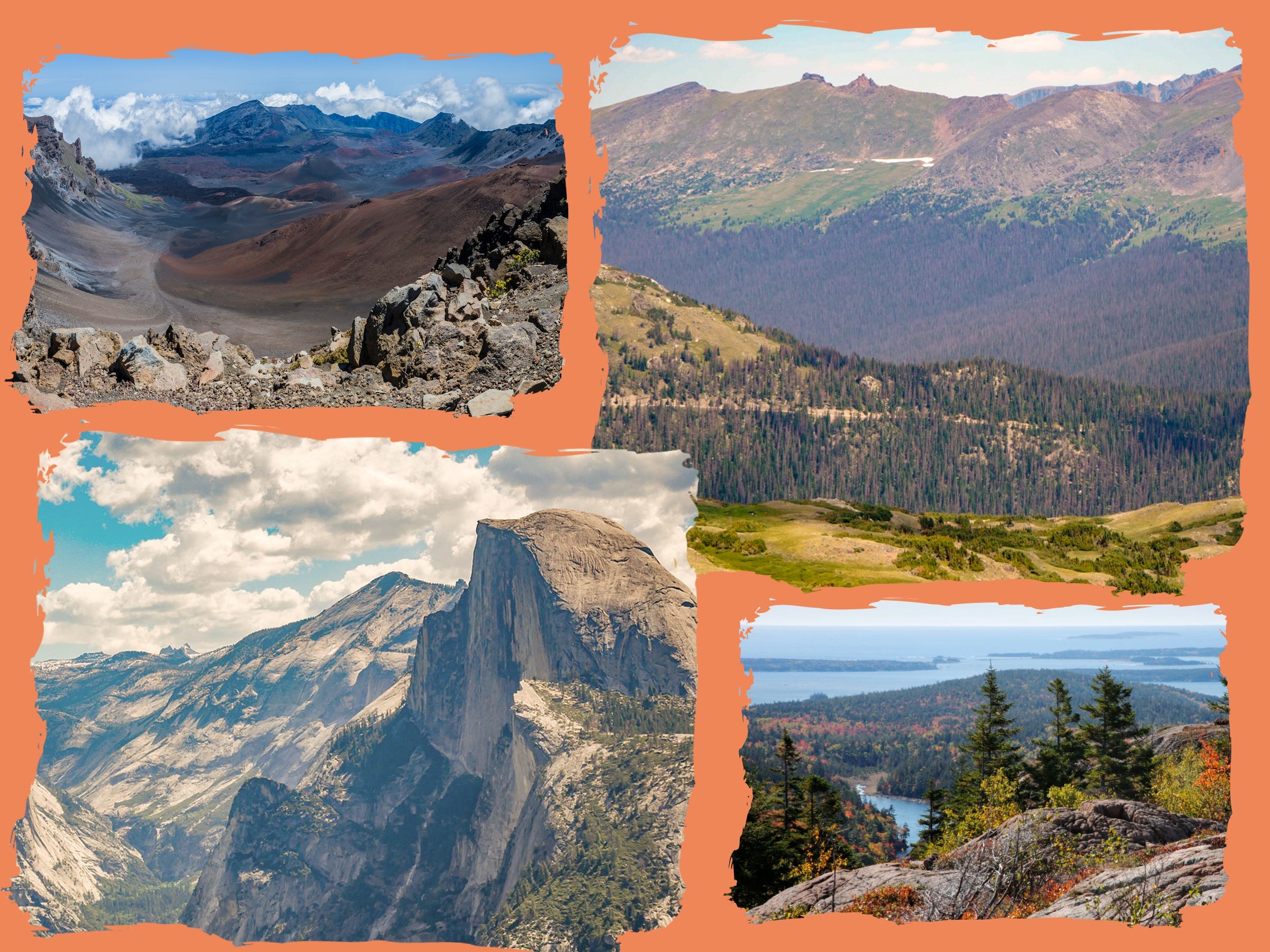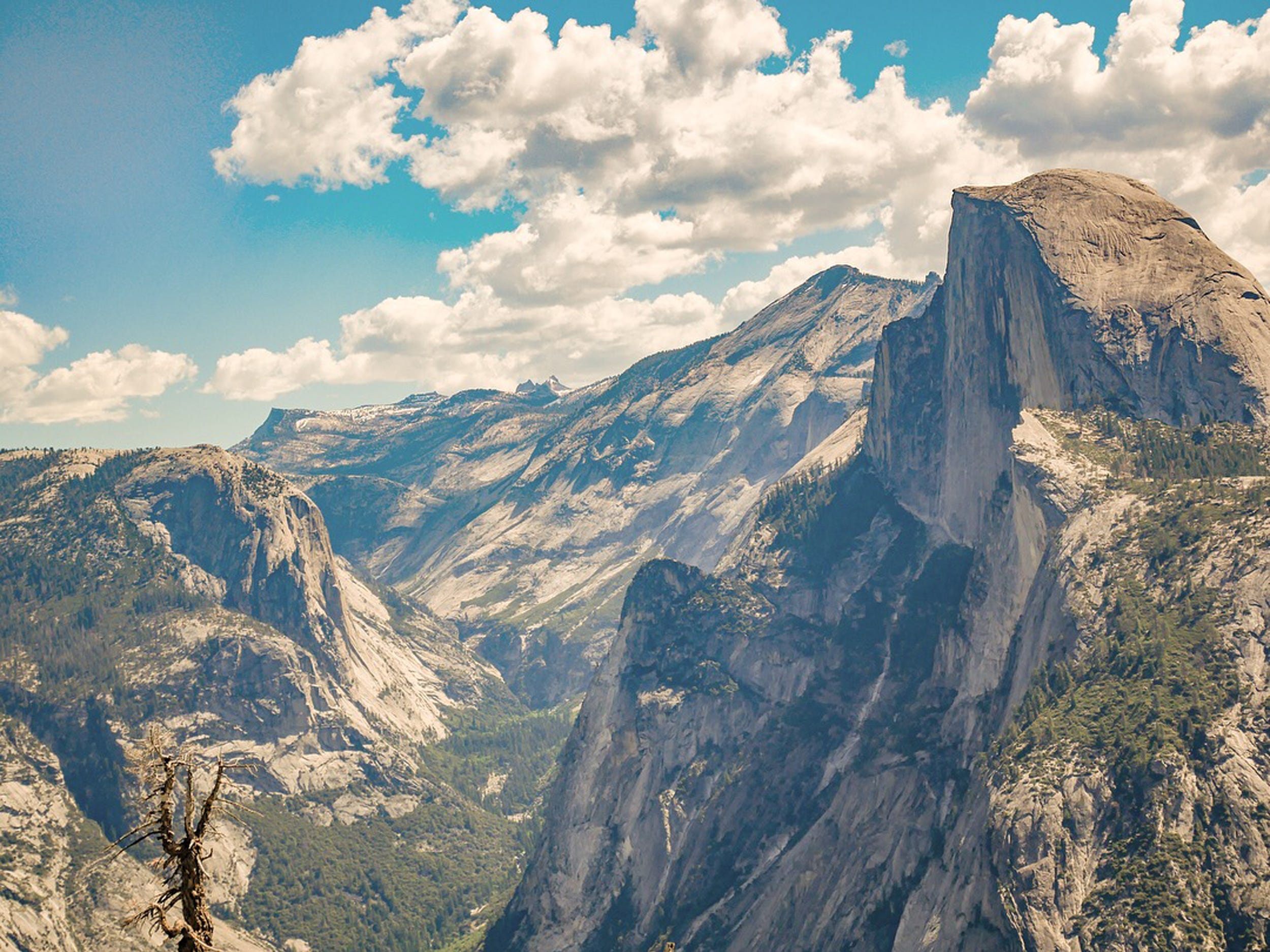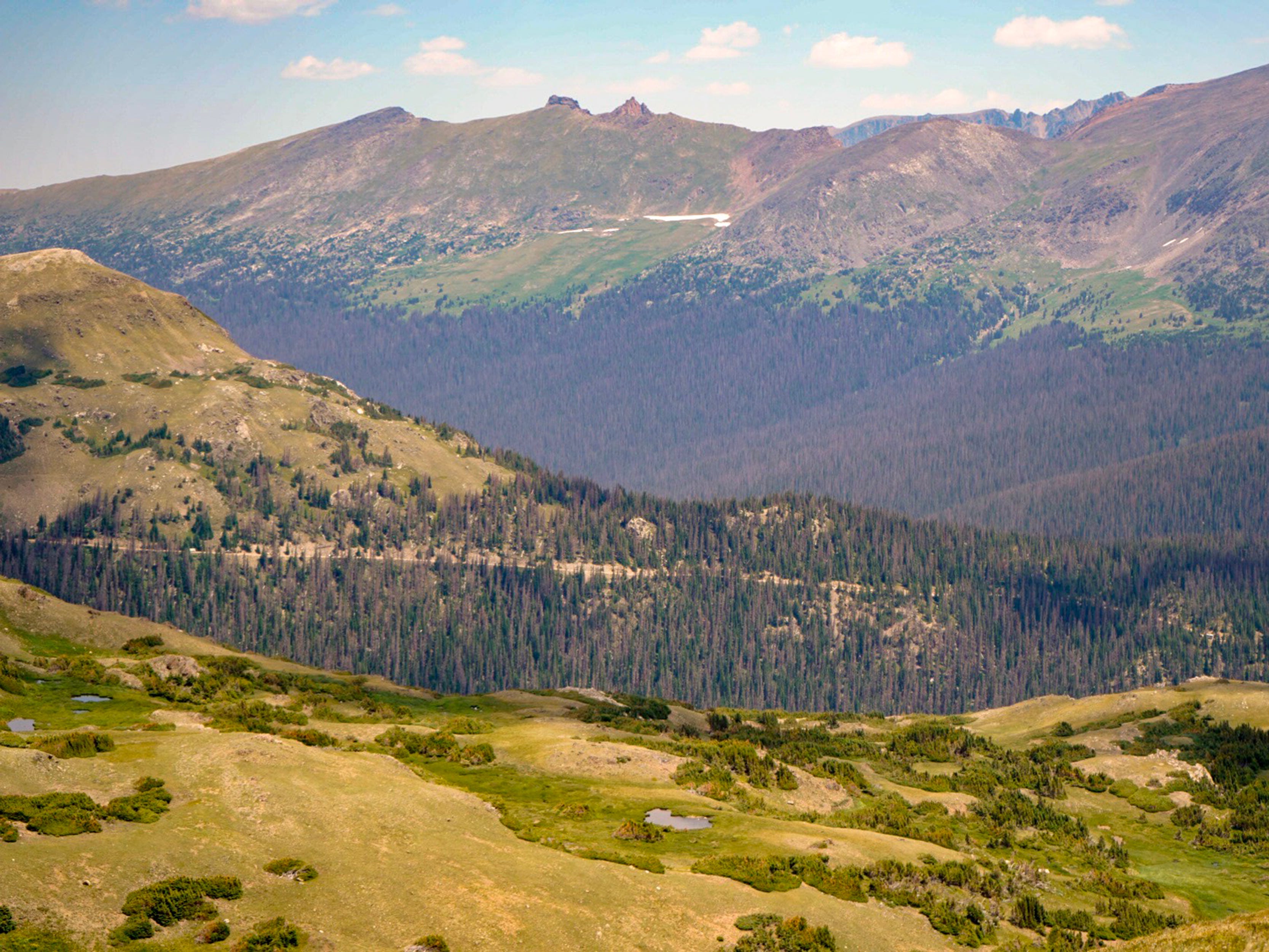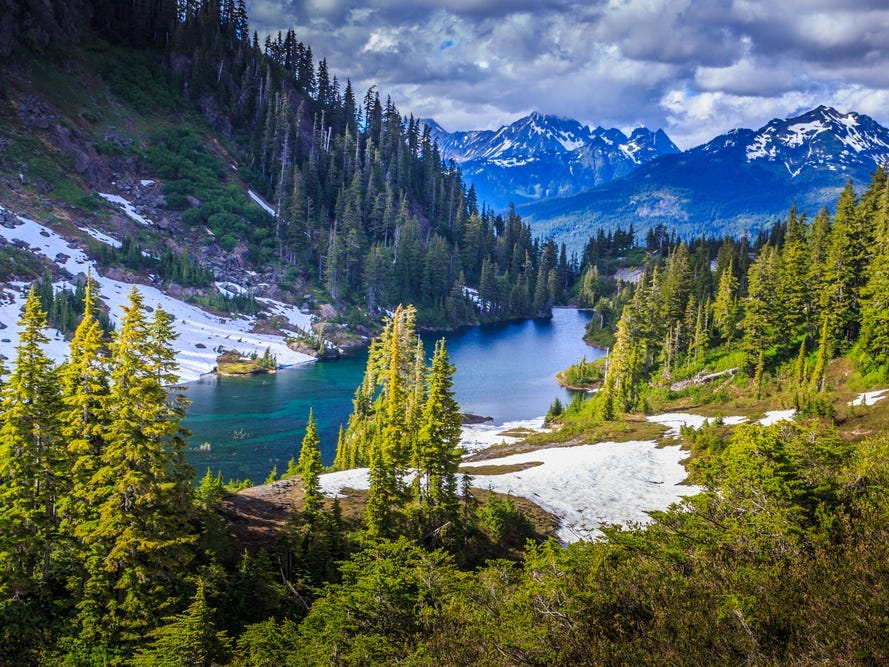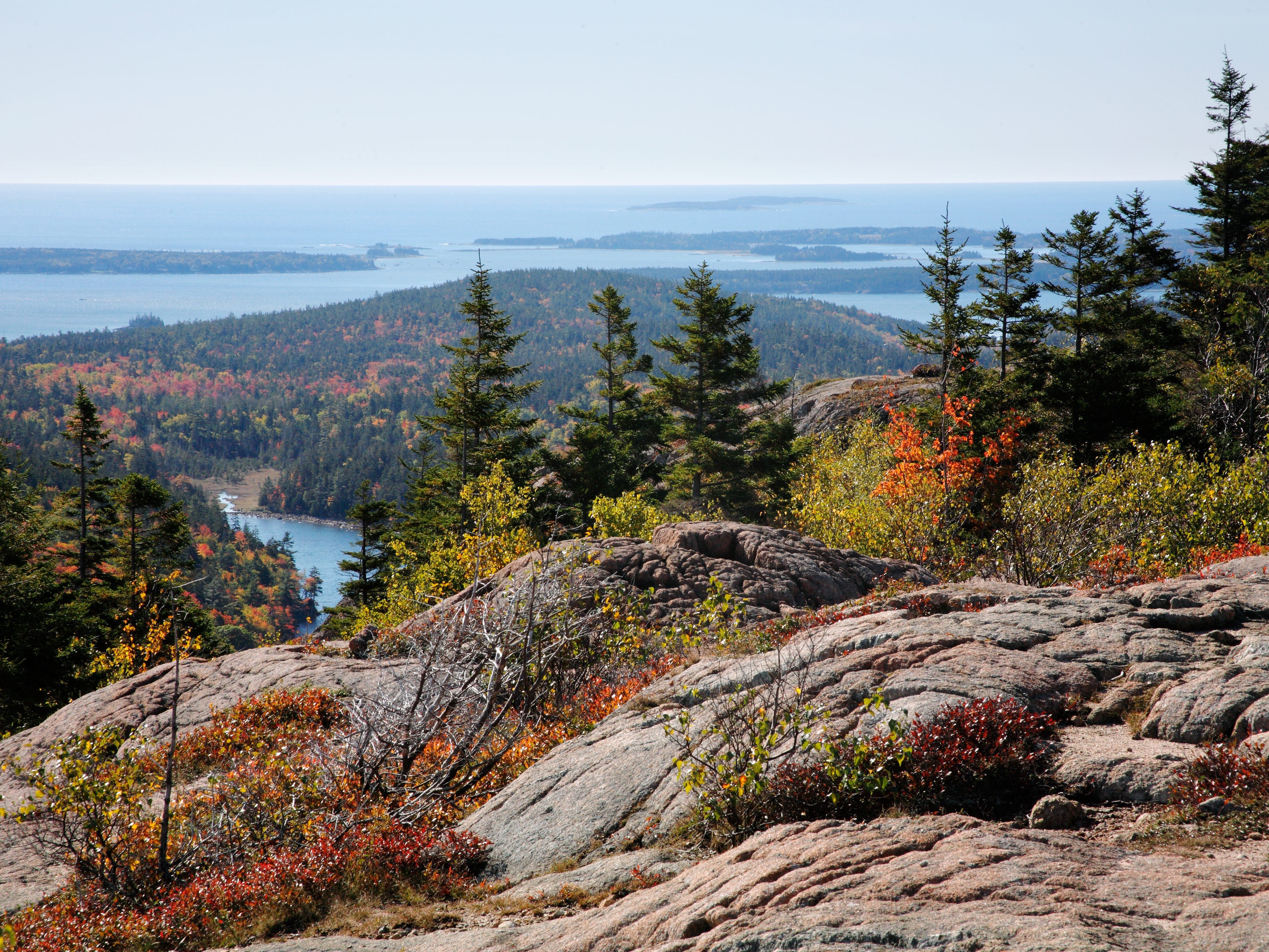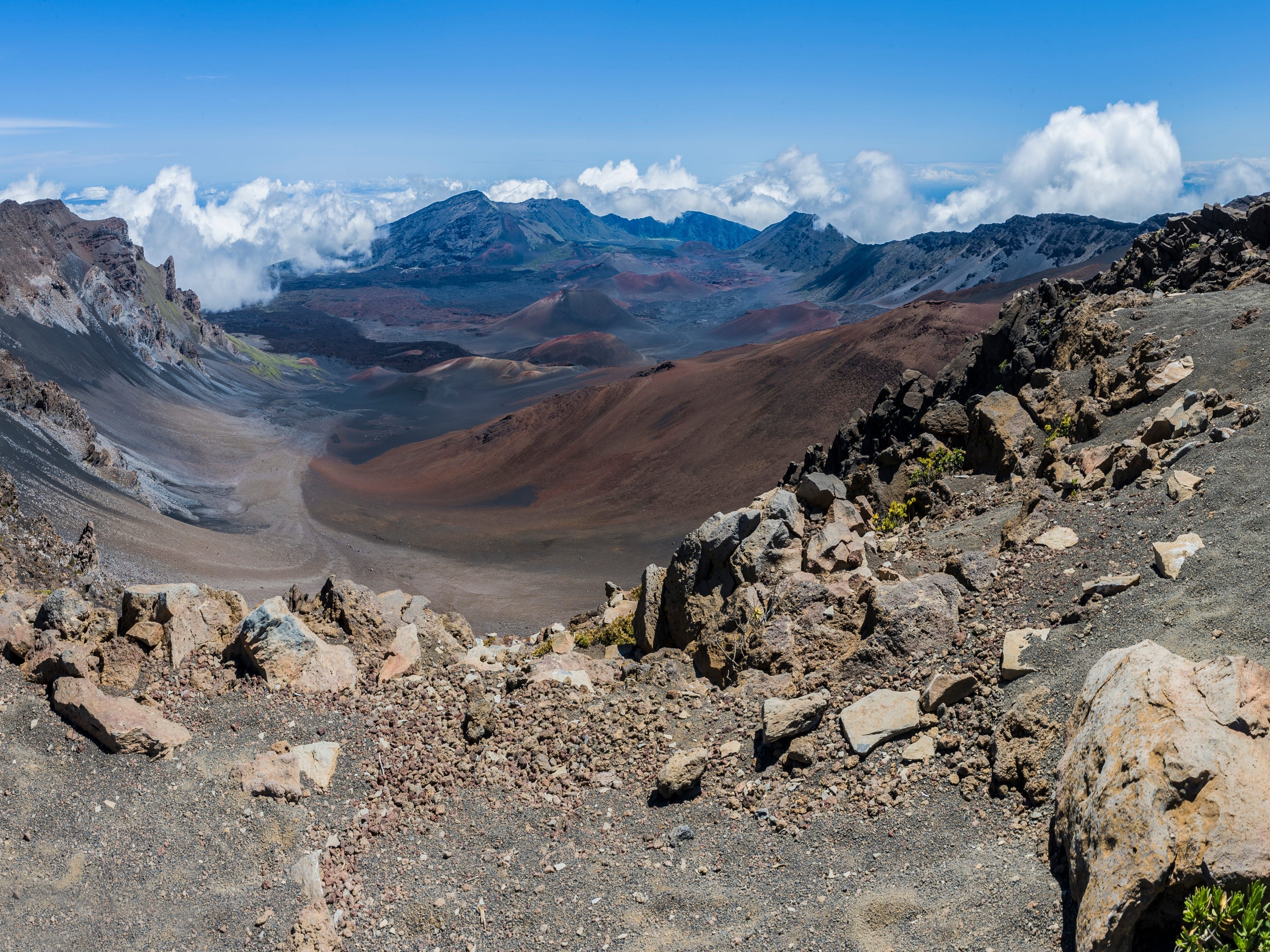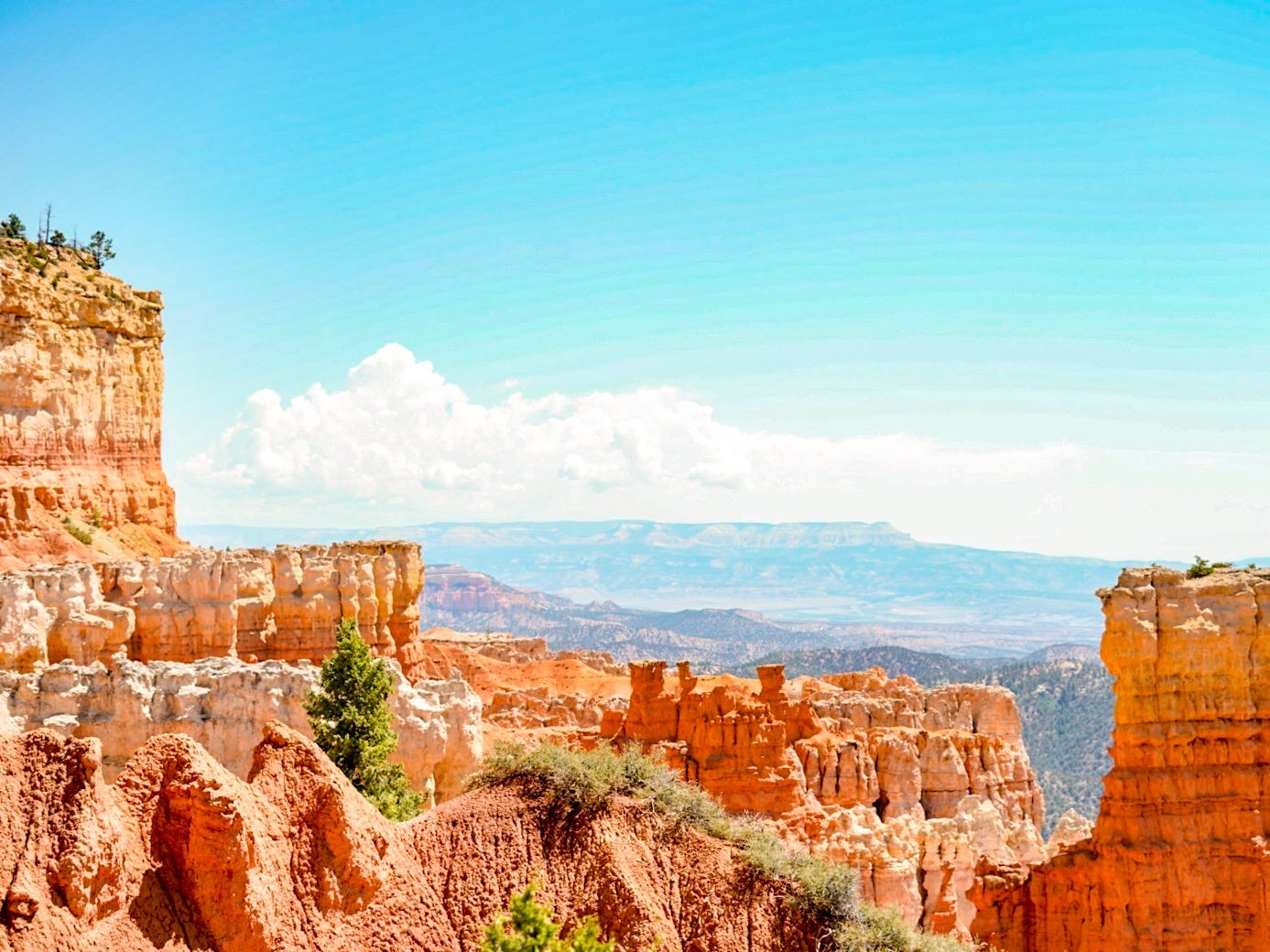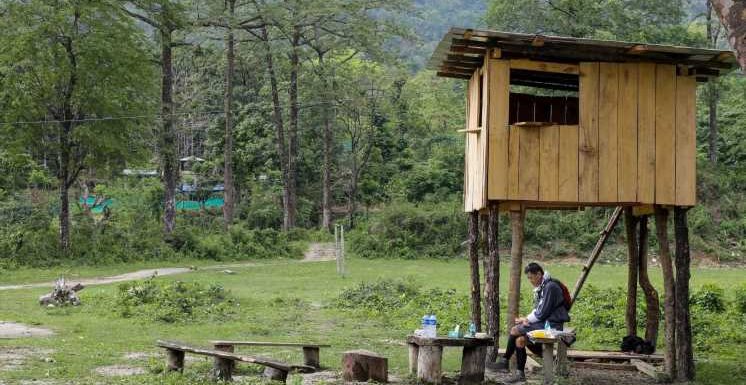
- Bhutan’s king has been making personal trips across the country to visit remote regions and meet Covid-19 taskforces.
- His Facebook page shows him donning a baseball cap, hiking attire, and a backpack on his treks.
- Bhutan is one of the world’s most mountainous countries, with an average elevation of 8,000 feet.
- Visit Insider’s homepage for more stories.
The king of Bhutan has taken it upon himself to hike across mountains, visit remote villages, and trudge through leech-infested jungles to help his country curb the Covid-19 pandemic.
King Jigme Khesar Namgyel Wangchuck has been making trips by car, horse, and foot across his kingdom to supervise pandemic measures and warn his people of the coronavirus, according to the official royal Facebook page. He’s been making the trips over the last 14 months and has managed to span Bhutan’s eastern border – which is more than 400 miles long – reported Reuters.
One of his latest treks lasted five days across 41 miles, according to the royal Facebook page, in which he sported an outdoor backpack, hiking gear, and sometimes a pair of sunglasses or a dark baseball cap.
Related Facebook post
Camping on the slopes and among the trees by night, and dropping by rural settlements in the day, he has spoken to health workers in various regions and inspected several border posts.
Whenever he finishes a tour and arrives back in the capital of Thimpu, he quarantines himself in a hotel according to protocol, said Reuters.
The monarch is immensely popular among the people of Bhutan. He’s known for traveling to meet and discuss the country’s policies with his people. When he took the throne in 2006, he relinquished his absolute powers to turn Bhutan into a constitutional monarchy as part of a democratization process.
Gallery: 5 national parks requiring reservations this summer (INSIDER)
5 national parks requiring reservations this summer
- To prevent overcrowding, five national parks are requiring people to make reservations for the summer.
- Yosemite in California is one park that requires people driving into the park to book time slots.
- There are many other NPS sites to explore that aren’t requiring reservations.
- Visit Insider’s homepage for more stories.
Visitors driving into Yosemite in California now through September 30 must reserve a time slot, according to the National Park Service. If you don’t have a vehicle, you can enter without a reservation.
Source: National Park Service
You’ll need a timed entry pass to enter Rocky Mountain National Park in Colorado between now and October 11, according to the NPS.
Source: National Park Service
To enter Glacier National Park, visitors driving through the Going-to-the-Sun Road at West Glacier, St. Mary, or Camas Road will need a reservation, the NPS says on its website.
Source: National Park Service
If you are headed to Acadia National Park, you’ll need a reservation to drive on Cadillac Summit Road until October 19, says the NPS.
Source: National Park Service
Haleakalā National Park in Hawaii has required reservations to watch the sunrise from the park’s summit since before the COVID-19 pandemic, and the rule still stands, according to the NPS.
Source: National Park Service
There are plenty of national parks that don’t require reservations, as well as under-the-radar parks and NPS sites that may be less crowded this summer than popular spots.
National parks like Yellowstone and Grand Teton are predicting record-breaking attendance this summer, according to a report from the Associated Press published in May.
However, there are other spots to explore — such as NPS sites that aren’t designated parks but still offer amazing views and have places to hike and camp.
“When the king travels for miles and knocks… to alert people about the pandemic, then his humble words are respected and taken very seriously,” Bhutan Prime Minister Lotay Tshering told Reuters.
Load Error
“His Majesty’s presence is far more powerful than just issuing public guidelines,” said Tshering, who accompanies the 41-year-old king on his trips.
According to the royal Facebook page, the king is concerned by a recent “large number” of community infections in the region.
Bhutan, a land-locked kingdom of 700,000 people that is surrounded by China and India, is one of the world’s most mountainous countries with an average elevation of 8,000 feet. Its southern neighbor, India, has been battling one of the worst Covid-19 outbreaks in the world but Bhutan has had relatively few cases.
As of June 28, Bhutan has reported 2,052 Covid-19 cases and one death caused by the coronavirus.
As a Covid precaution, Bhutan closed its borders to all but essential travel in April.
However, there is concern about “frequent interactions between people across the porous border” with India, according to the royal Facebook page.
“(The king) has been to all high-risk border areas time and again to monitor every measure put in place and to ensure best practices are followed within limited resources,” Rui Paulo de Jesus, the World Health Organization representative in Bhutan told Reuters.
Bhutan is currently struggling with a severe vaccine shortage. While it managed to provide around 90% of the country with one dose of the AstraZeneca vaccine, it does not currently have enough doses to ensure that its citizens receive a second dose.
The government is contemplating offering mixed doses of another vaccine to residents. Both Canada and Spain have already approved mixing vaccines, and studies have shown that taking the Pfizer vaccine as a second dose to the Astrazeneca vaccine is safe.
Source: Read Full Article










